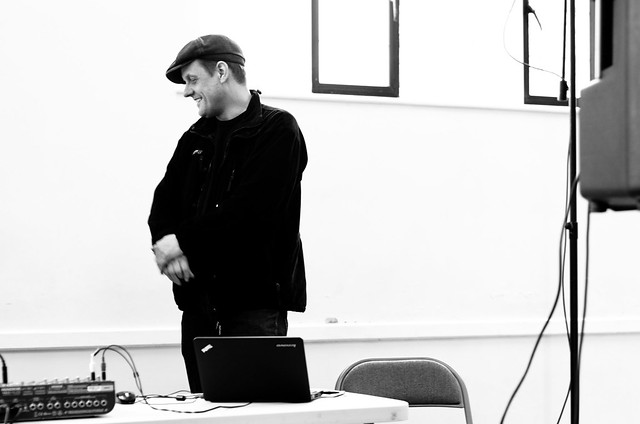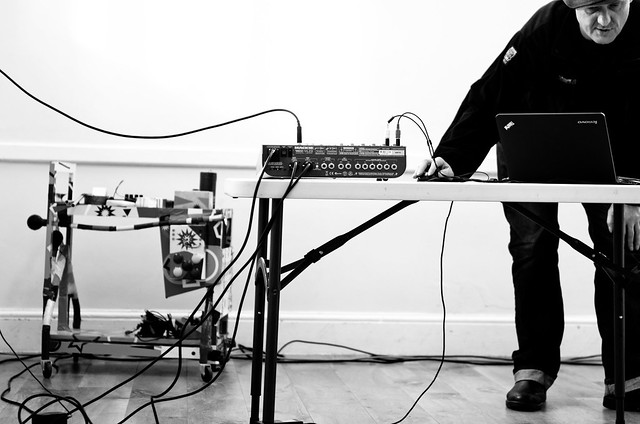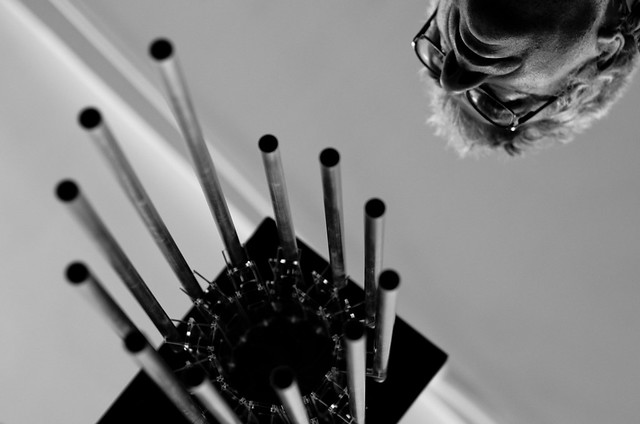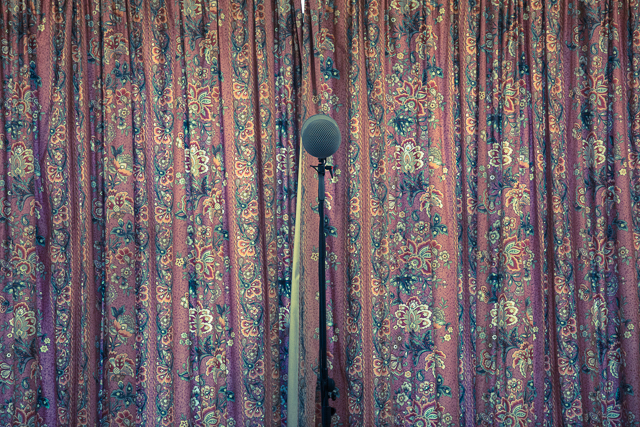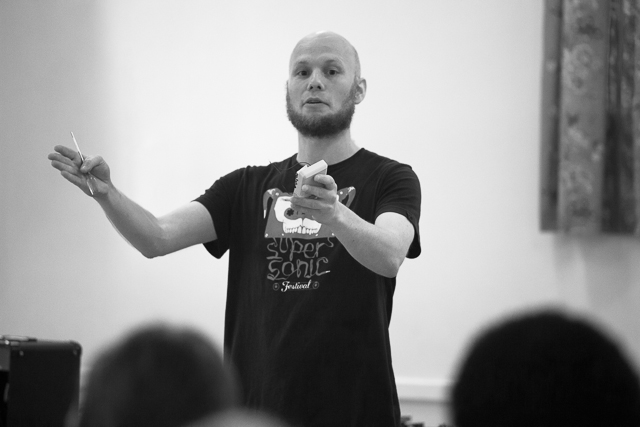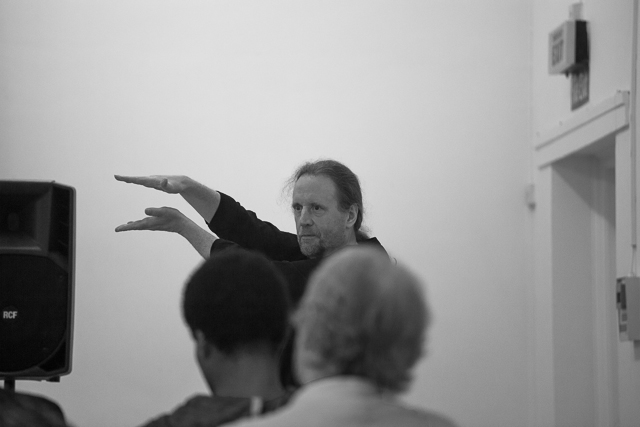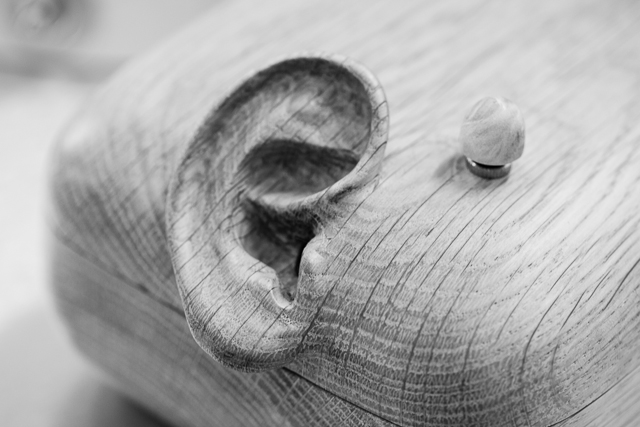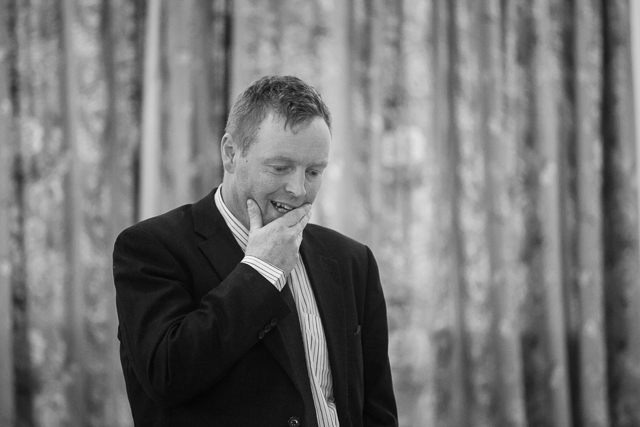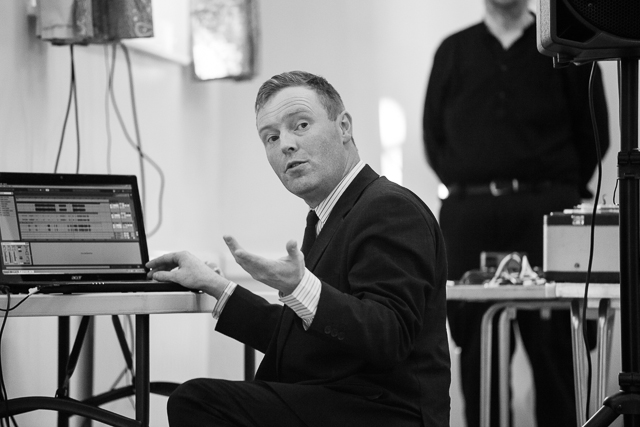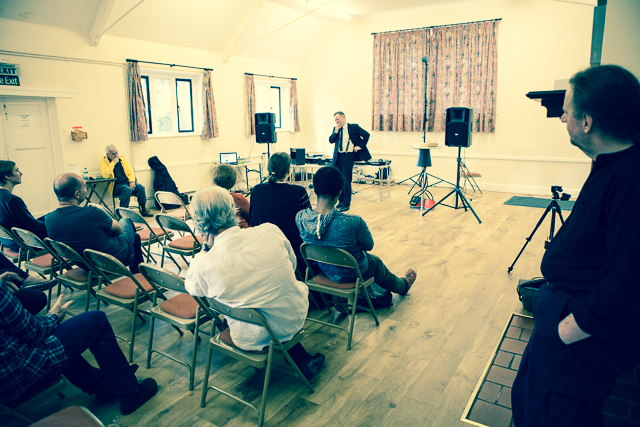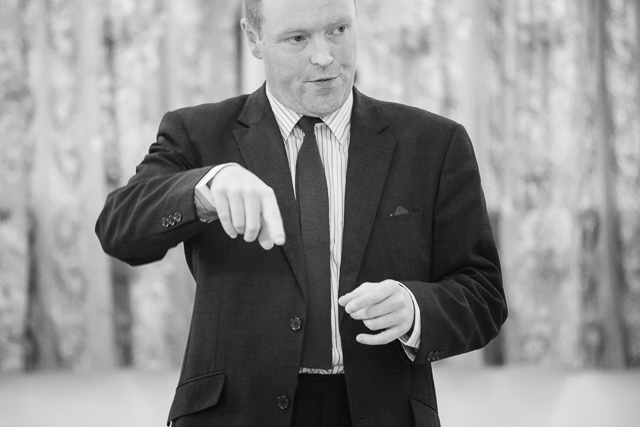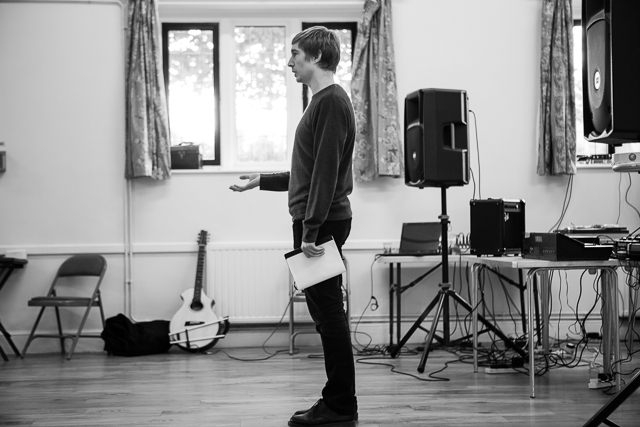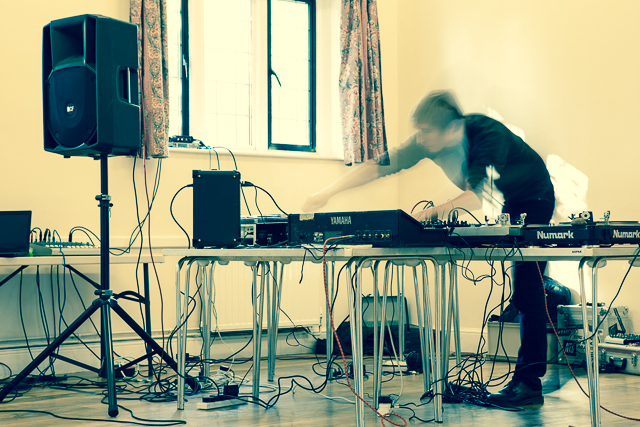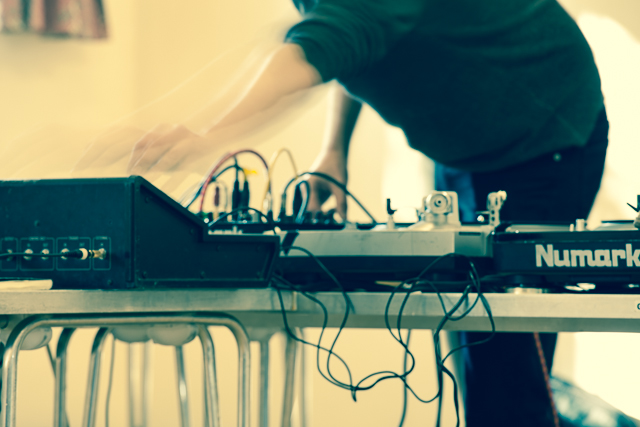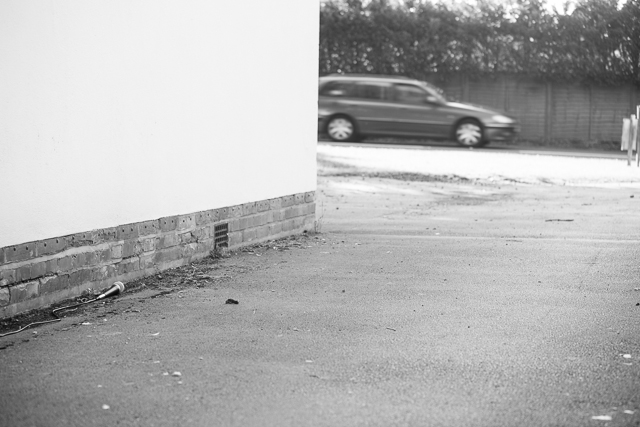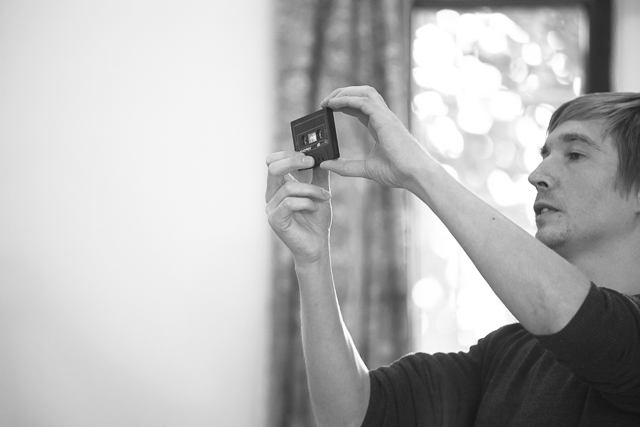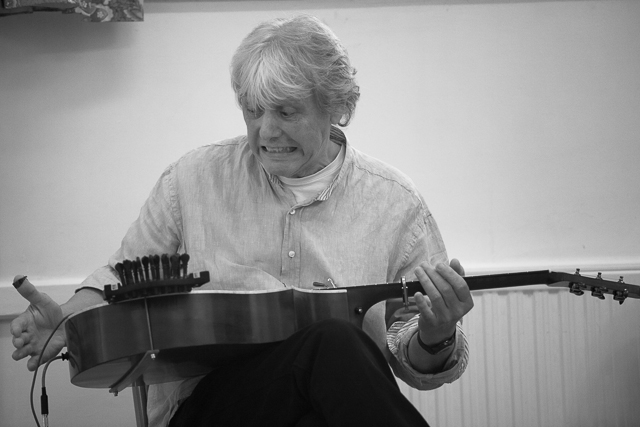If Wet #7 saw the wonderful Ian Rawes of London Sound Survey and designer Helen White present, along with a presentation by us (MortonUnderwood) about our Sound Trolley.
If Wet #7 is our last fully documented event of the year, as for our fundraiser we decided to enjoy ourselves in celebration of our first season. Here is the full audio recording, in two parts: Part1 / Part2
Here’s an overview of what went on, so you can access topics of interest:
Welcome
MortonUnderwood present…
[1:30 – 22:05 | Part 1]
“The main reason that it’s in a trolley is that if you move this trolley around, as you move over differently reflective areas it changes pitch.”
“Getting the backing off the tape proved to be the most challenging thing because Sam has got no fingernails and I’ve got bad eyesight.”
“What we have done is take the optical reader for the synth and put it under the trolley, and then any design on the floor sequences the sound as you move it across it.”
“David insisted on this humiliation for me on a regular basis.”
[Sam talking about completing a touch circuit using Sam’s head – pictured above]
“The reaction from the public was ‘this is really fascinating’. […] Now I wouldn’t have expected that reaction but it was a solid repeated reaction. They don’t know what contact mics sound like.”
[David talking about the addition of a contact mic to the underside of the trolley top]
Ian Rawes
[20:05 – 1:03:00 | Part 1]
First we welcomed Ian Rawes of the British Library Sound Archive and London Sound Survey to present a series of fascinating archival recordings.
“They are called transcriptions discs. They are old 78 RPM discs and they’ve got programmes and out-takes, and some things which were never broadcast at all. […] The BBC don’t actually know about a lot of these things, or they’ve forgotten about them. When I first came across them I was very excited because you hear another world of sound.”
“I am interested in the sounds of everyday life, not really the great and the good being interviewed, which is what the vast majority of the old recordings are.”
“The earliest microphones or recording equipment was very insensitive to sound. […] They are always shouting; you get the impression people were very angry or very emphatic.”
“The very oldest, surviving public recording in Britain […] is from Crystal Palace in 1888. […] Handel’s Messiah performed by a 4000-strong choir. […] It has a certain quality as you will hear.”
[Ian describing the remarkable recording which begins at 01:00:30]
Helen White
[00:10 – 30:05 | Part 2]
Our final presentation of 2013, was by Helen White who brought along her wonderful solar-wind chime to show us.
“It’s a solar-wind chime that gathers data from the sun. It’s not everyday that you look at data from satellites and turn it into magnetic resonance, so I will try to explain how we got there.”
“The sun is ninety-three million miles away and it’s spewing charred particles at us all the time. […] These particles have different effects depending on all sorts of properties in them.”
“The three characters of the solar wind are: its speed, its density and the magnetic direction that the particles are facing. […] That’s what this piece of work focusses on; it reads the speed of the wind and interprets it through a series of sounds.”
“The data comes from a satellite called ACE.”
“I love the idea that it can be so gentle and subtle. In fact, I had this on my desk, it was playing and I switched off from it. It was kind of like that ticking clock, it just disappears.”
Run What Ya Brung
We run a regular feature at If Wet in which members of the audience are invited to bring along and demonstrate instruments, sound objects and sonic oddities. For the first time nobody presented anything in this section, in part due to our regular contributors being away. A shame but this did result in is another first; we finished on time!
________________________________________
The full set of Pete’s photographs of If Wet are available here.
Everyone who presented! Everyone who engaged and provided feedback. Everyone who came. Kavita for cooking, running the bar and tidying up. Petefor taking photographs.



